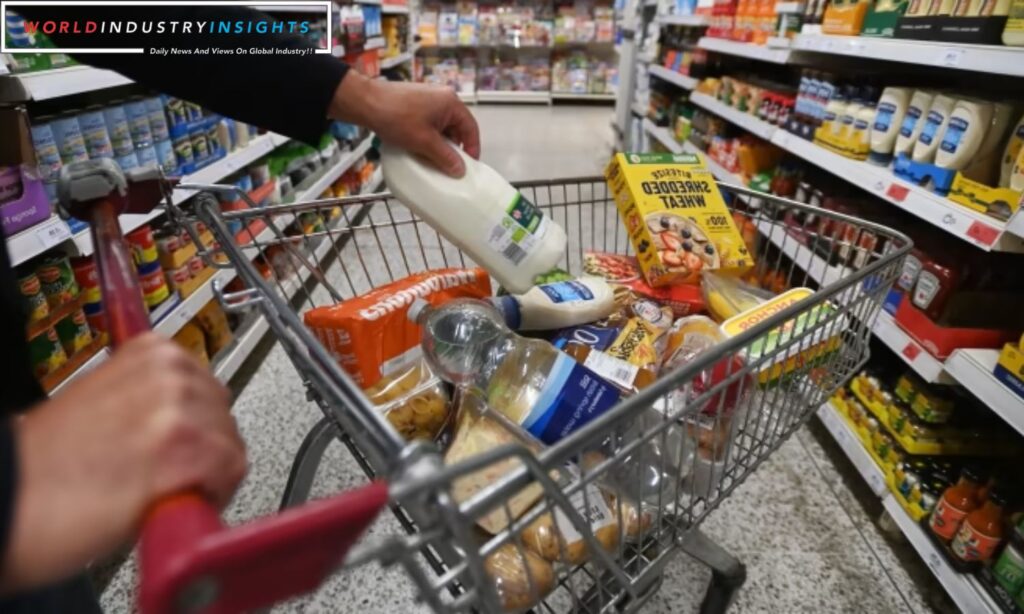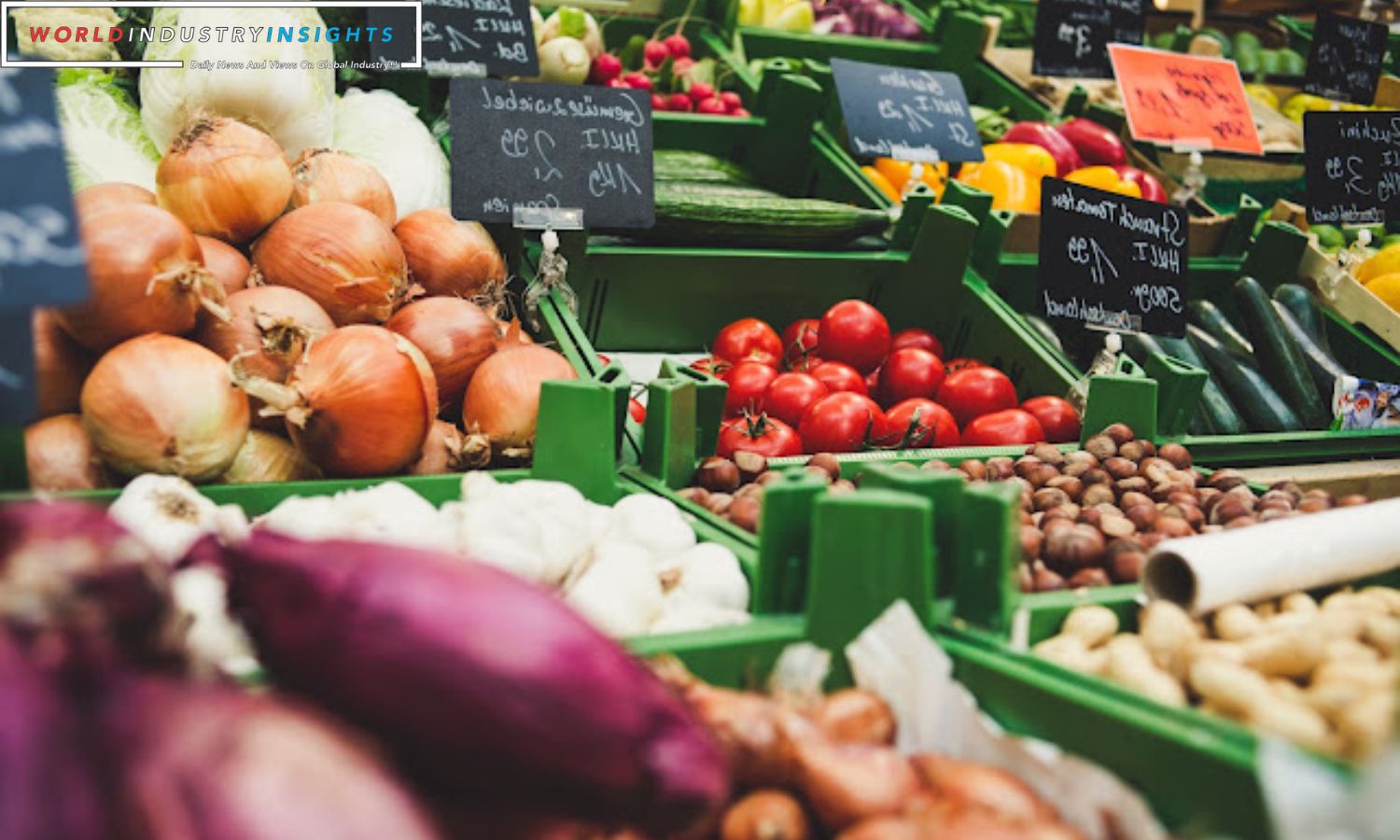Global Food Prices Hit 2-Year Low: The United Nations food agency’s world price index took a dip in October, hitting its lowest point in over two years. This decline was primarily driven by decreases in sugar, cereals, vegetable oils, and meat. The Food and Agriculture Organization (FAO) reported that the price index, which monitors the most globally traded food commodities, averaged 120.6 points in October, down from 121.3 in the previous month, marking the lowest reading since March 2021.
Specifically, the FAO Cereal Price Index averaged 125.0 points, a decrease of 1.3 points from September. This drop was attributed to international wheat prices falling by 1.9% in October. The FAO noted that this decline was due to higher-than-anticipated supplies in the United States and strong competition among exporters.
Despite the overall downward trend in prices, dairy prices saw a positive turn. The FAO index for dairy increased by 2.4 points to 111.3 points after nine months of consecutive declines. This increase was primarily driven by surges in import demand, particularly from Northeast Asia, with world milk powder prices experiencing the most significant rise.

Also Read: Brazil Corn Dominance: Reshaping the Global Agricultural Landscape
In a separate report focusing on cereal supply and demand, the FAO maintained its forecast for world cereal production this year at 2.819 billion metric tons, a 0.9% increase from the previous year. Looking ahead to 2024, the report noted that winter wheat plantings were underway across the northern hemisphere, with limited growth expected due to softer crop prices. In Ukraine, the ongoing effects of the conflict with Russia, along with challenges like constrained access to fields and low farm-gate prices, may result in a reduction in the wheat area.
Additionally, the FAO mentioned that the sowing of coarse grain crops for 2024 was underway in the southern hemisphere. In Brazil, early indicators pointed to a pullback in maize plantings of around 5%, as cost-price ratios favored soybeans.
This shift in food prices and crop dynamics reflects the evolving landscape of global agriculture, with various factors influencing supply and demand.

